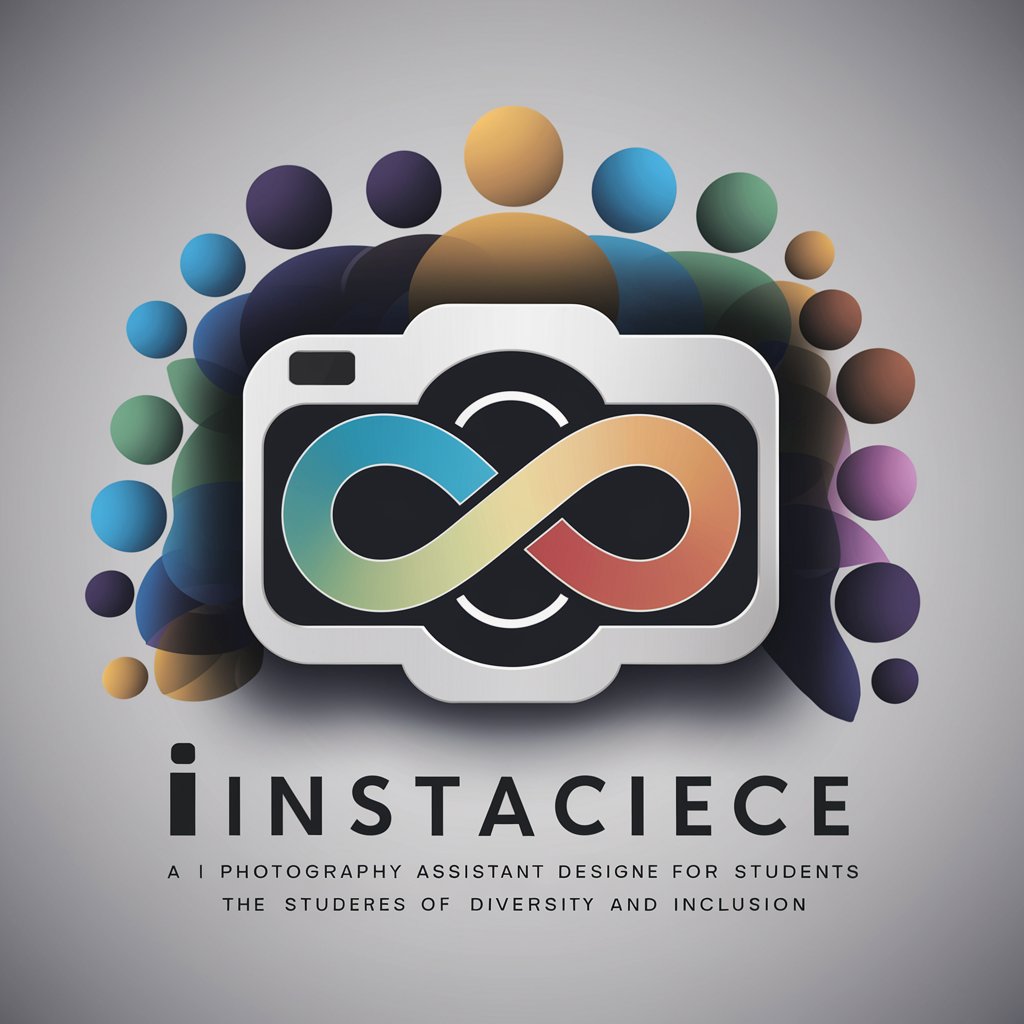
What is - Tailored Knowledge Exploration
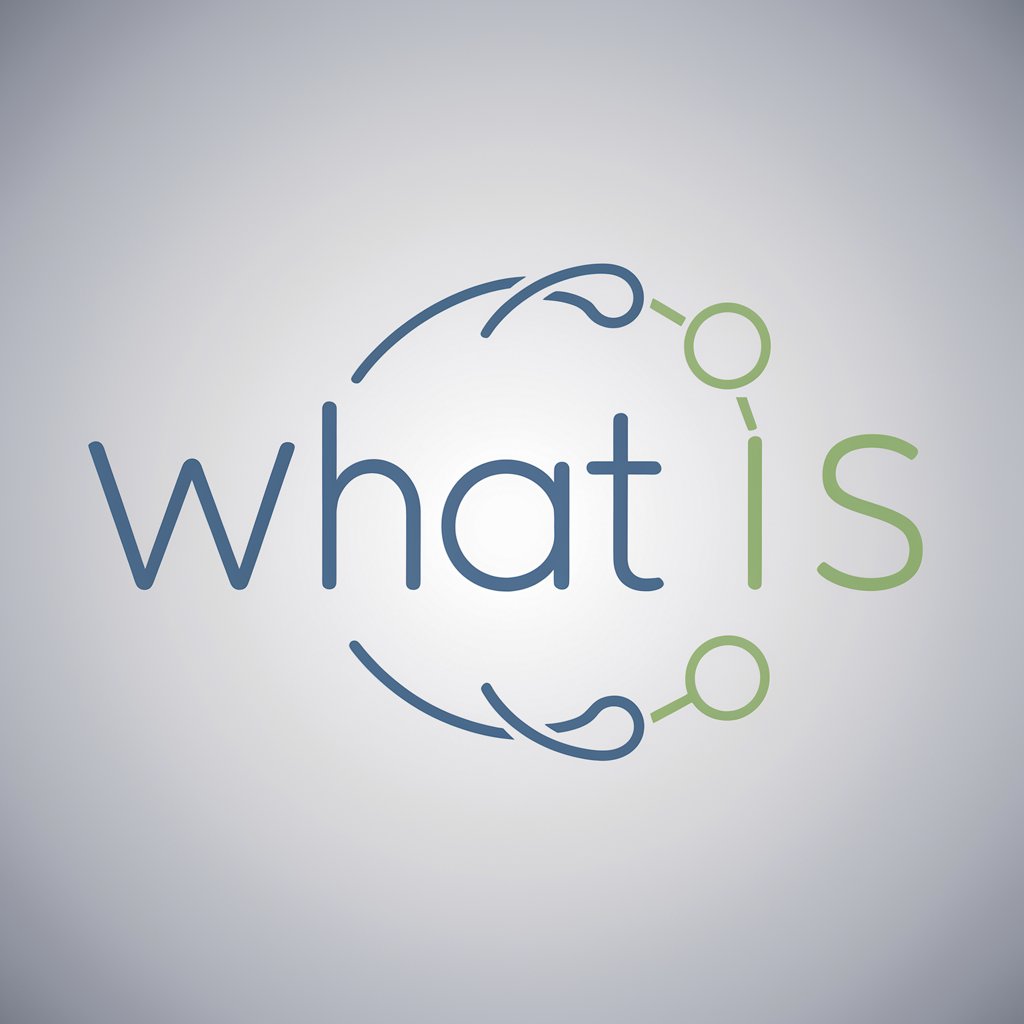
Hello! How can I help you understand something today?
Empowering curiosity with AI-driven insights.
Explain the concept of
What is the significance of
Can you describe the process of
What are the key differences between
Get Embed Code
Understanding What is
What is functions as a sophisticated, versatile tool designed to provide clear, concise explanations across a wide array of topics. It adapts explanations based on the user's self-identified knowledge level, ensuring that information is accessible whether the user is a beginner or has advanced understanding. For instance, if someone asks, 'What is quantum computing?' a beginner's explanation might focus on the basic concept of using quantum mechanics to process information, while an advanced explanation could delve into qubits, superposition, and quantum entanglement. The design purpose of What is is to democratize information, making it easily understandable for everyone, while encouraging critical thinking and balanced perspectives, especially on controversial topics. Powered by ChatGPT-4o。

Core Functions of What is
Tailored Explanations
Example
When a user inquires about 'blockchain technology', What is can adjust the complexity of its response from a simple definition to in-depth discussions on encryption, decentralization, and its implications in finance and beyond.
Scenario
A high school student preparing for a presentation on digital currencies and a software developer looking into blockchain for a new project would both find the tailored explanations highly beneficial.
Balanced Perspective on Controversial Topics
Example
For a query like 'What is climate change?', What is offers a balanced view, presenting scientific consensus on human impact, while also discussing political and social debates surrounding the topic.
Scenario
This function is particularly useful in educational settings or public debates, helping users form well-rounded opinions based on factual information.
Encouragement of User Questions for Clarification
Example
If a user is confused about a concept like 'CRISPR gene editing', What is prompts for specific questions to narrow down the explanation, focusing on aspects like its applications, ethical considerations, or technical mechanisms.
Scenario
Students, researchers, or anyone curious about new scientific advancements benefit from this interactive approach, ensuring they get the most relevant information.
Who Benefits from What is
Students and Educators
Students can leverage What is for homework help, research, or satisfying curiosity across subjects, while educators can use it to explain complex concepts in simpler terms or gather diverse perspectives for lesson planning.
Professionals and Researchers
Professionals looking to expand their industry knowledge or researchers needing a quick refresher on unfamiliar topics find What is invaluable for its depth of information and ability to clarify complex subjects.
General Public with a Thirst for Knowledge
Curious individuals seeking to understand the world better, from technology and science to social issues and history, benefit from What is's accessible explanations and encouragement of critical thinking.

How to Use What is
1
Begin by accessing yeschat.ai for an instant trial, no signup or ChatGPT Plus subscription required.
2
Type your question or topic of interest into the chat interface. Be specific to get the most accurate and detailed response.
3
Select your knowledge level or indicate if you prefer a simple overview or a detailed explanation.
4
Review the response, and if needed, ask follow-up questions to dive deeper into the subject matter.
5
Utilize the feedback option to improve future interactions, helping the tool to better understand and respond to your queries.
Try other advanced and practical GPTs
Talent Top Recruiting
Empower Your Recruitment with AI Insight

Top Chef
Elevate your cooking with AI guidance.

Email Follow Up
Automate engaging follow-ups with AI.
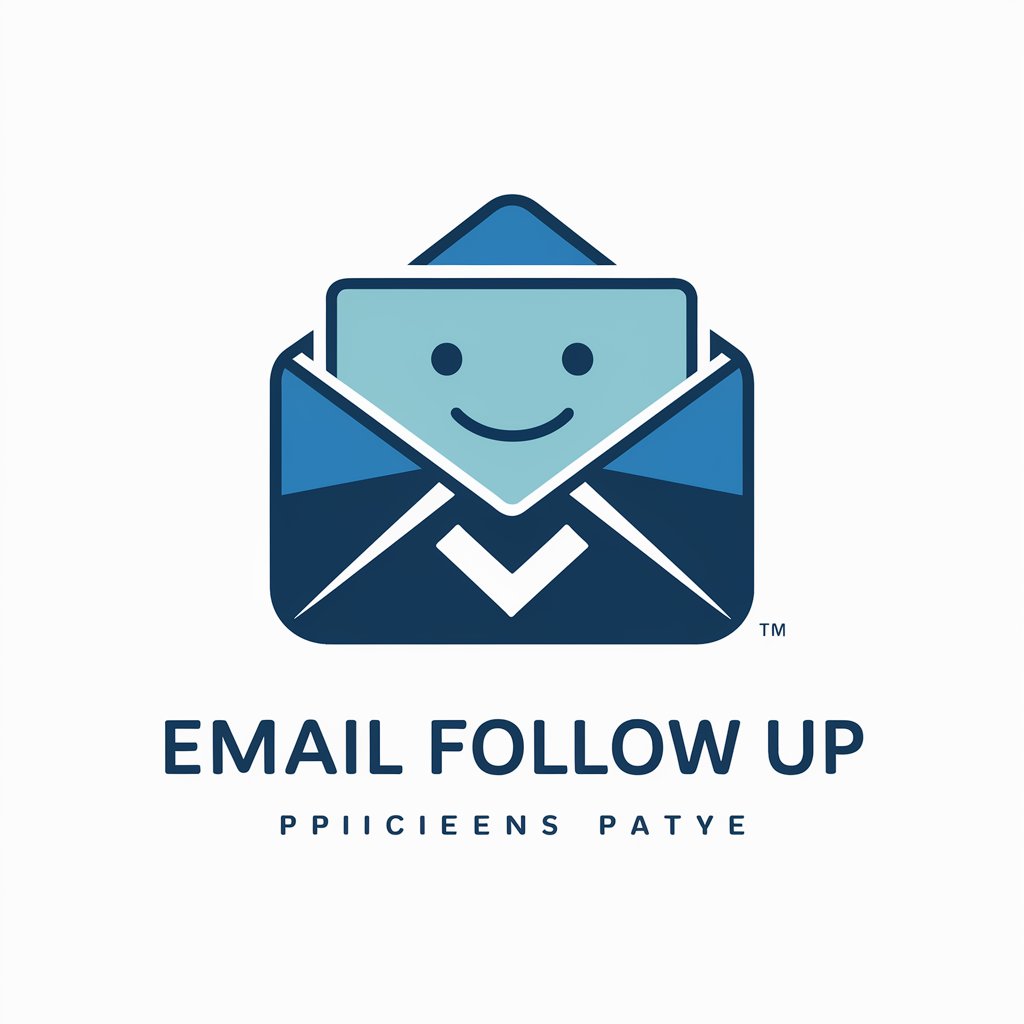
Barai Overseas: Export Import Guru
Empowering Trade with AI Insight

Export Chat to PDF
Transform chats into PDFs effortlessly with AI

K-Export Guide Assistant
Streamline Your Export Voucher Settlements with AI
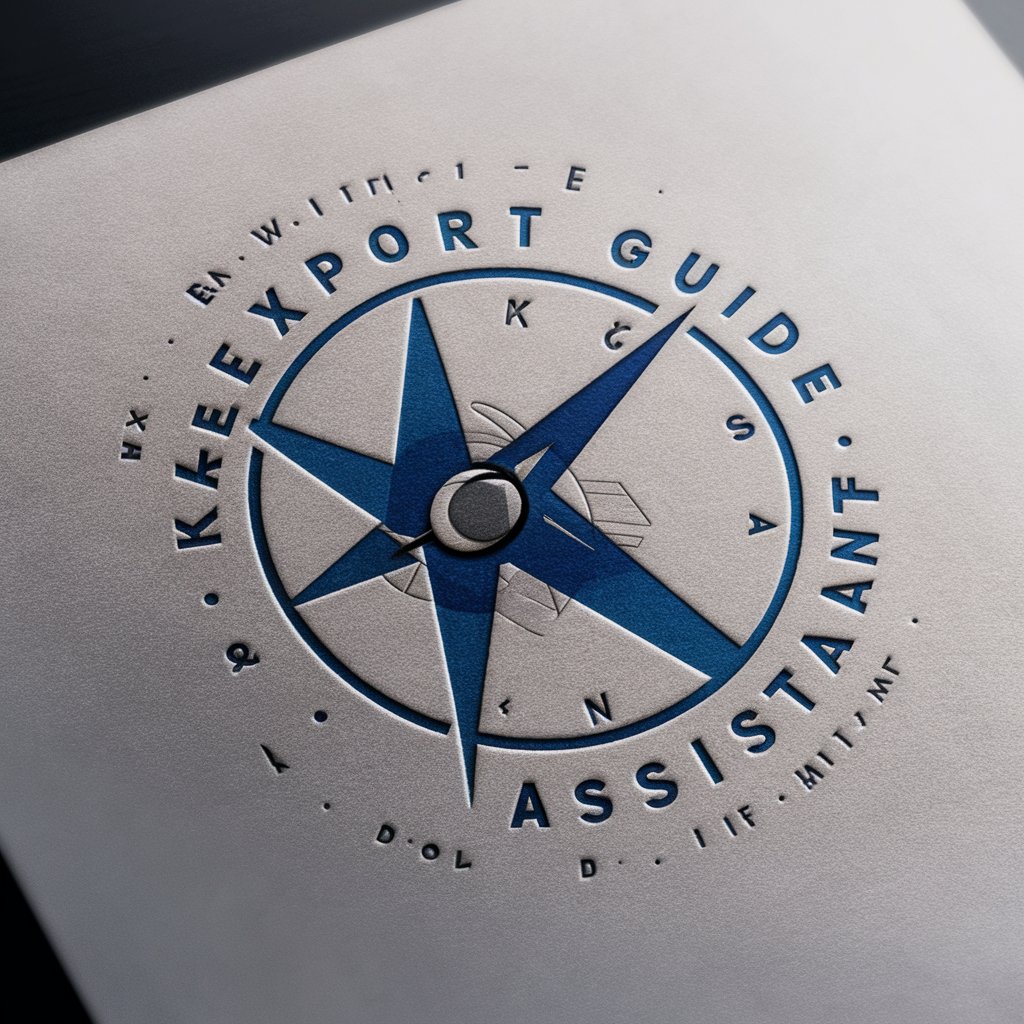
Natasha Narrates
Empowering insights into African American heritage, powered by AI.

Dream Weaver
Crafting Dreams, One Story at a Time
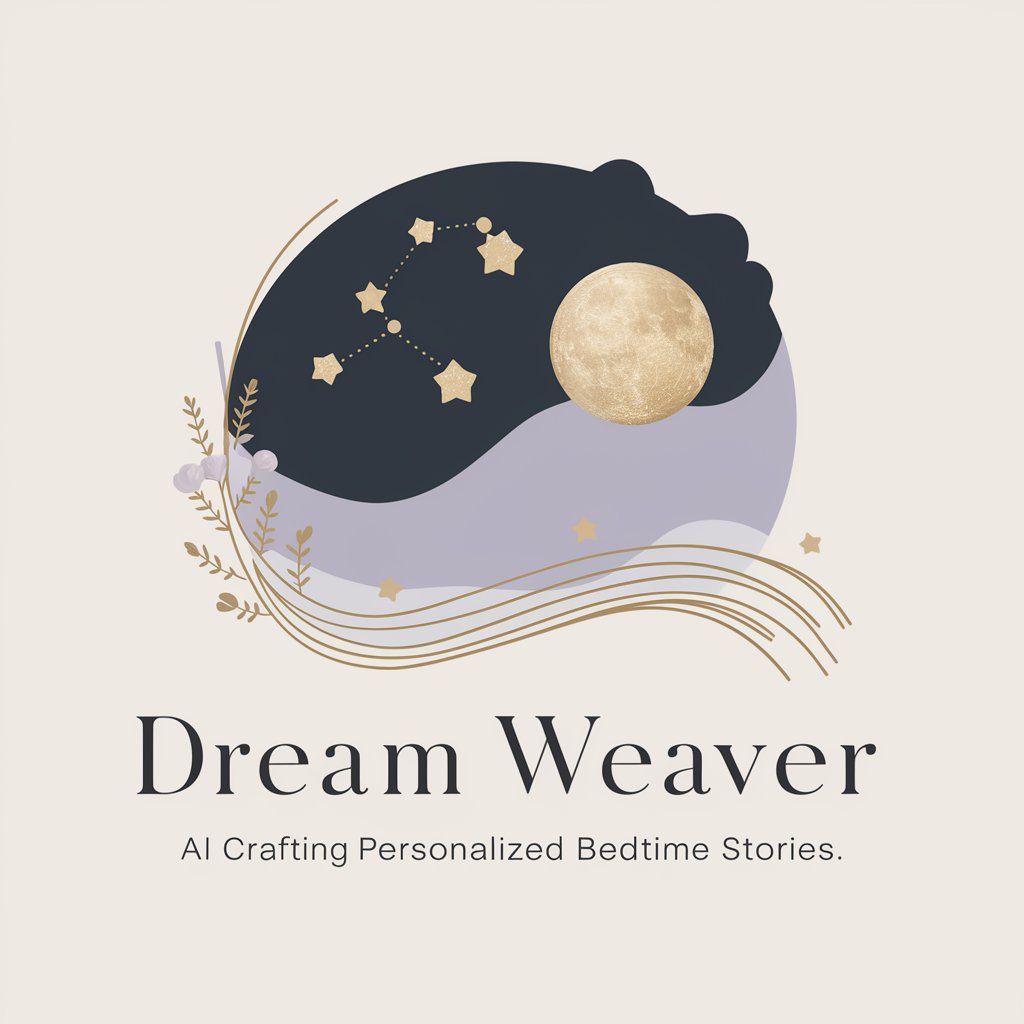
Rosie Narrator
Bringing 'The Rosie Project' to life with AI-powered narration.
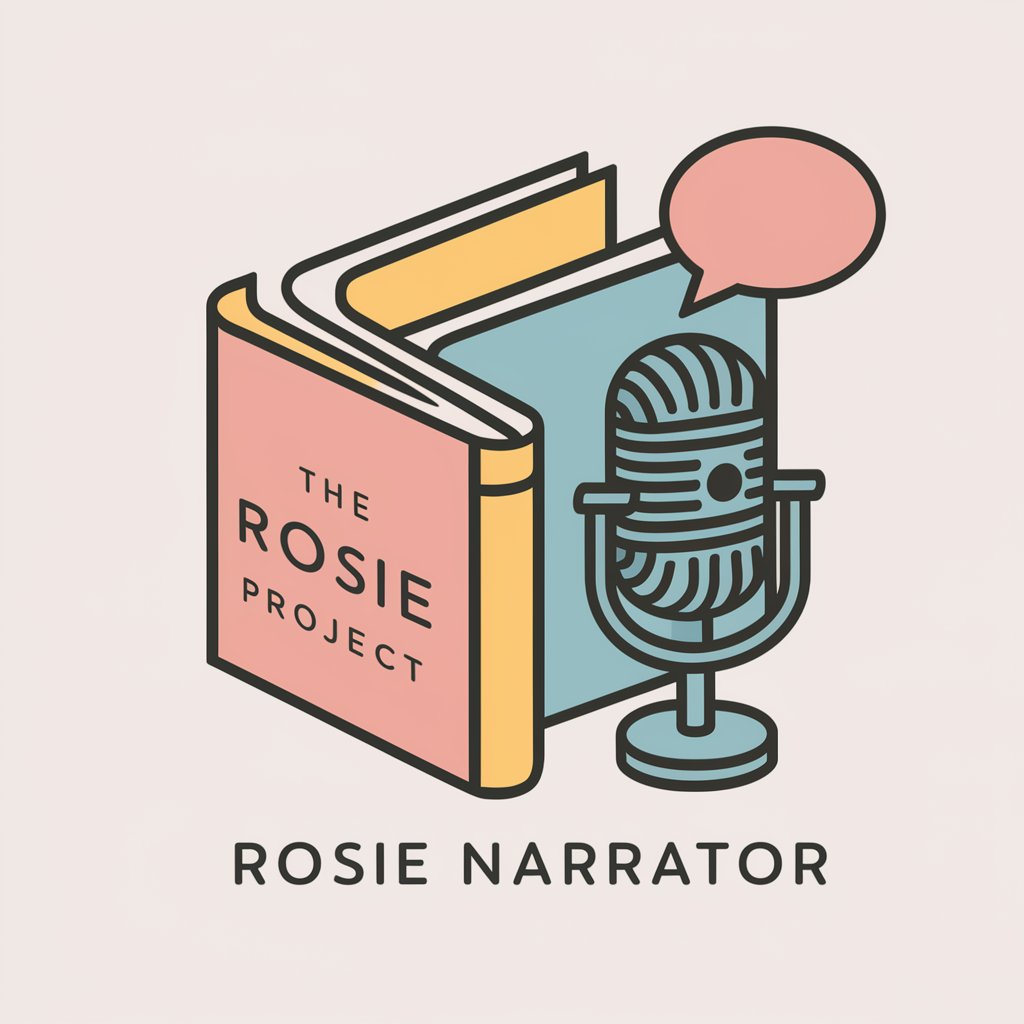
The Holy Epic Bible_EN
Bringing biblical stories to life with AI
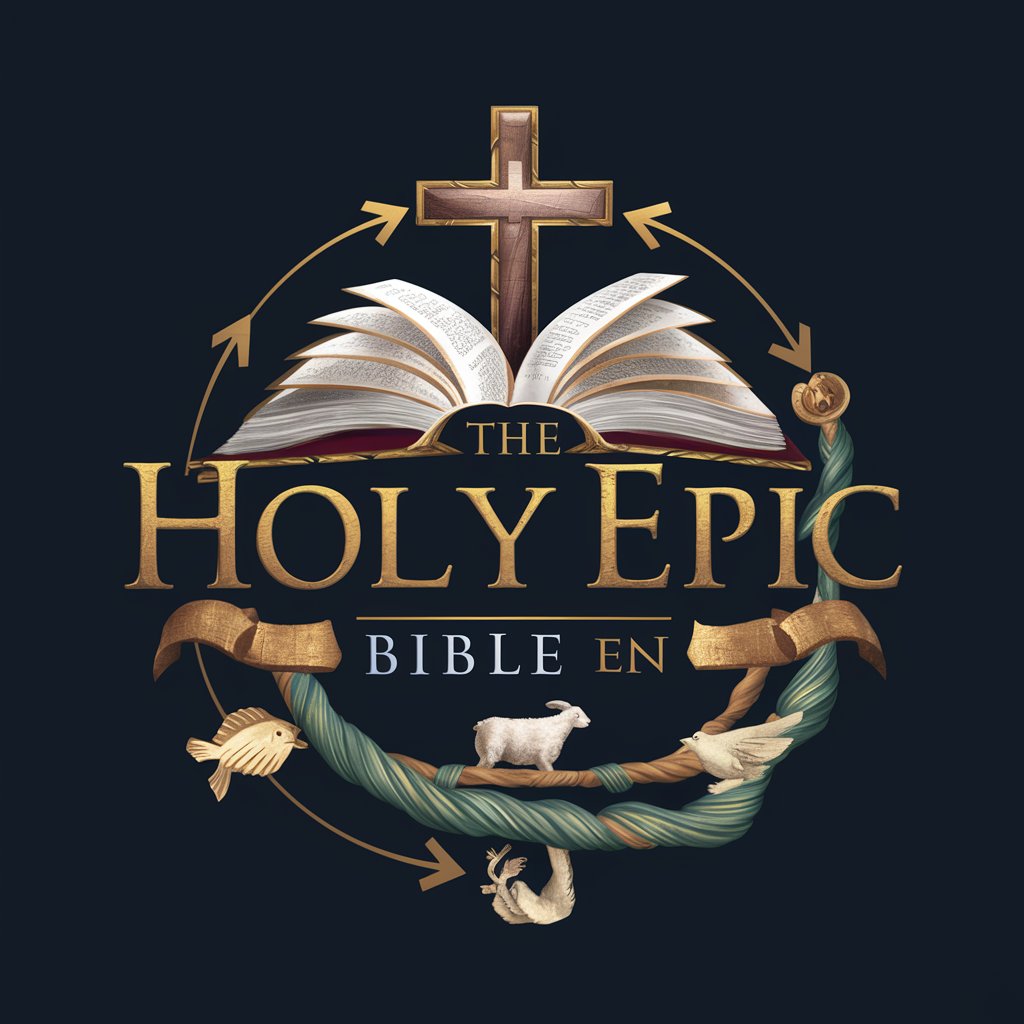
Horror Stories
Crafting your darkest tales.
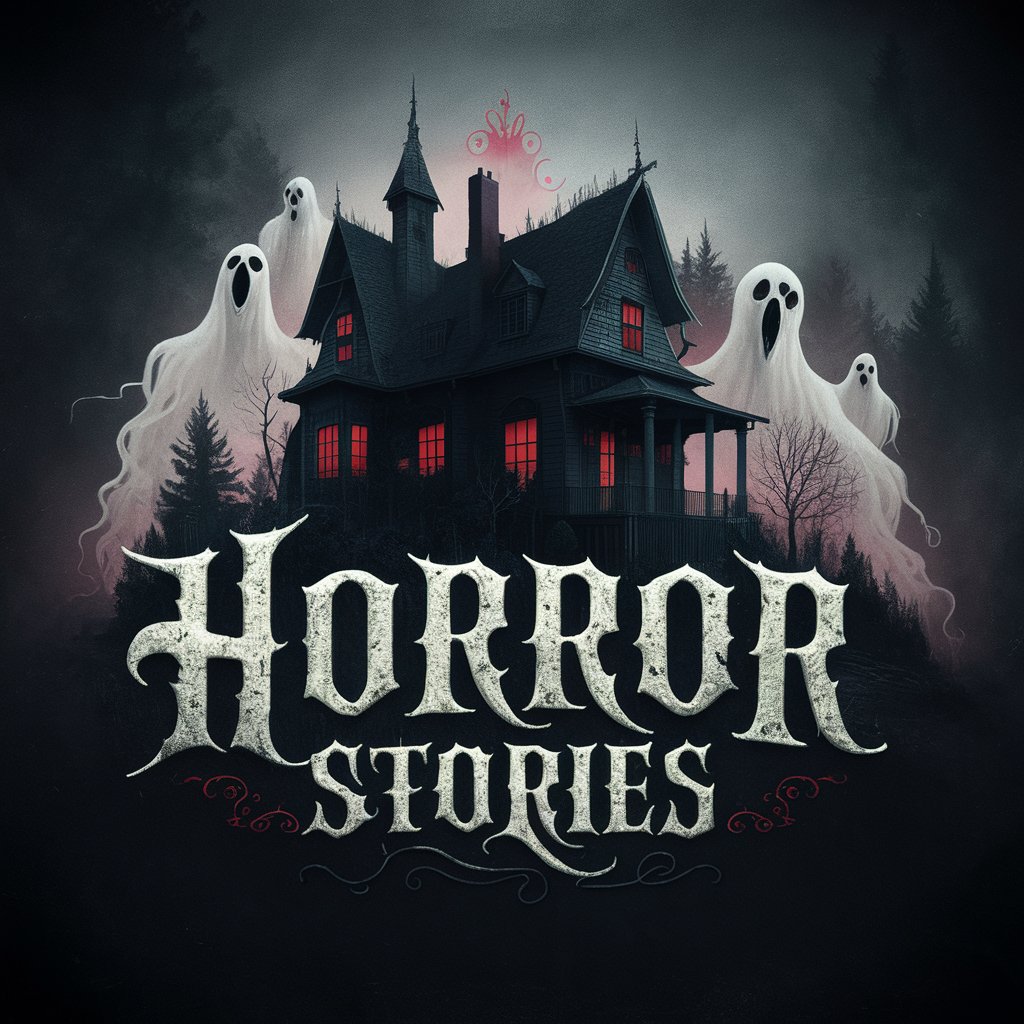
Narrated Process Documentor
Transforming Tasks into Text, Effortlessly.
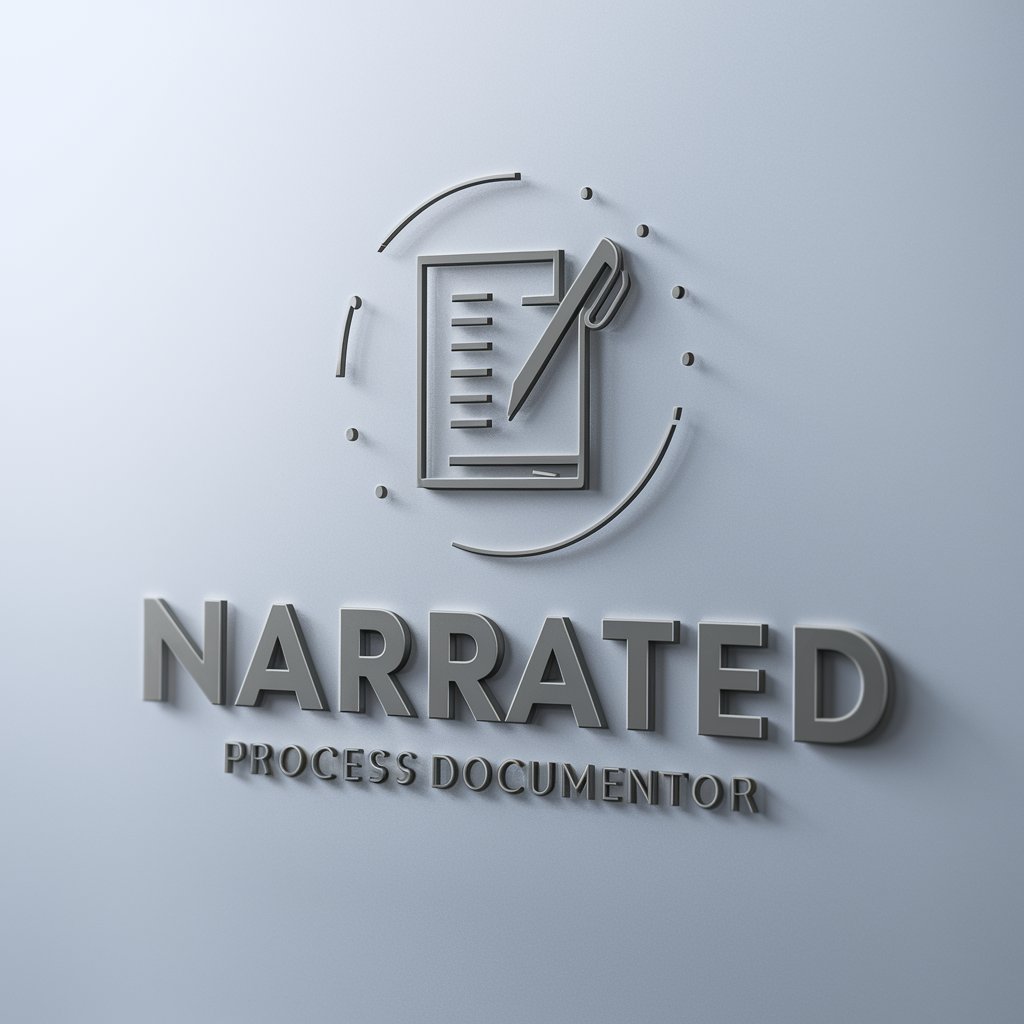
Detailed Q&A about What is
Can What is provide explanations suitable for all knowledge levels?
Yes, What is tailors its explanations to fit the user's self-identified knowledge level, ensuring that information is accessible to beginners while still offering depth for more advanced users.
Is it possible to get both concise and detailed explanations for the same topic?
Absolutely, users can request either a brief overview or a comprehensive analysis of the topic. What is adjusts the depth of content based on user preference.
How does What is handle controversial topics?
What is emphasizes neutrality and fact-checking, presenting balanced views from multiple perspectives to ensure users receive a well-rounded understanding of the topic.
Can What is be used for academic purposes?
Definitely, it's an excellent resource for academic writing, research, and understanding complex subjects, providing detailed explanations and citing reliable sources.
Are there any tips for optimizing the experience with What is?
To optimize your experience, be as specific as possible with your questions and use the feedback function to refine future interactions. Engage in follow-up questions to deepen your understanding.
